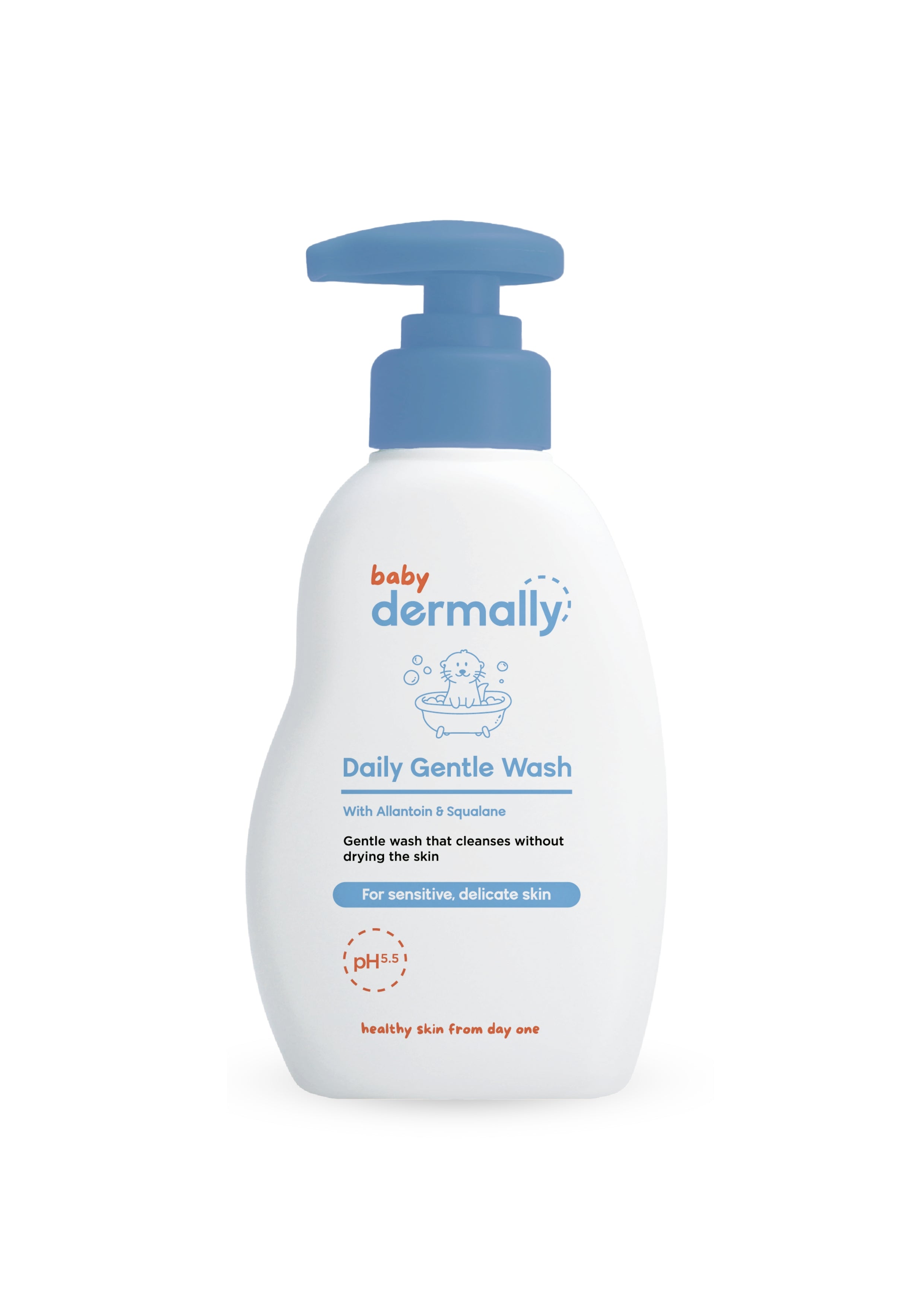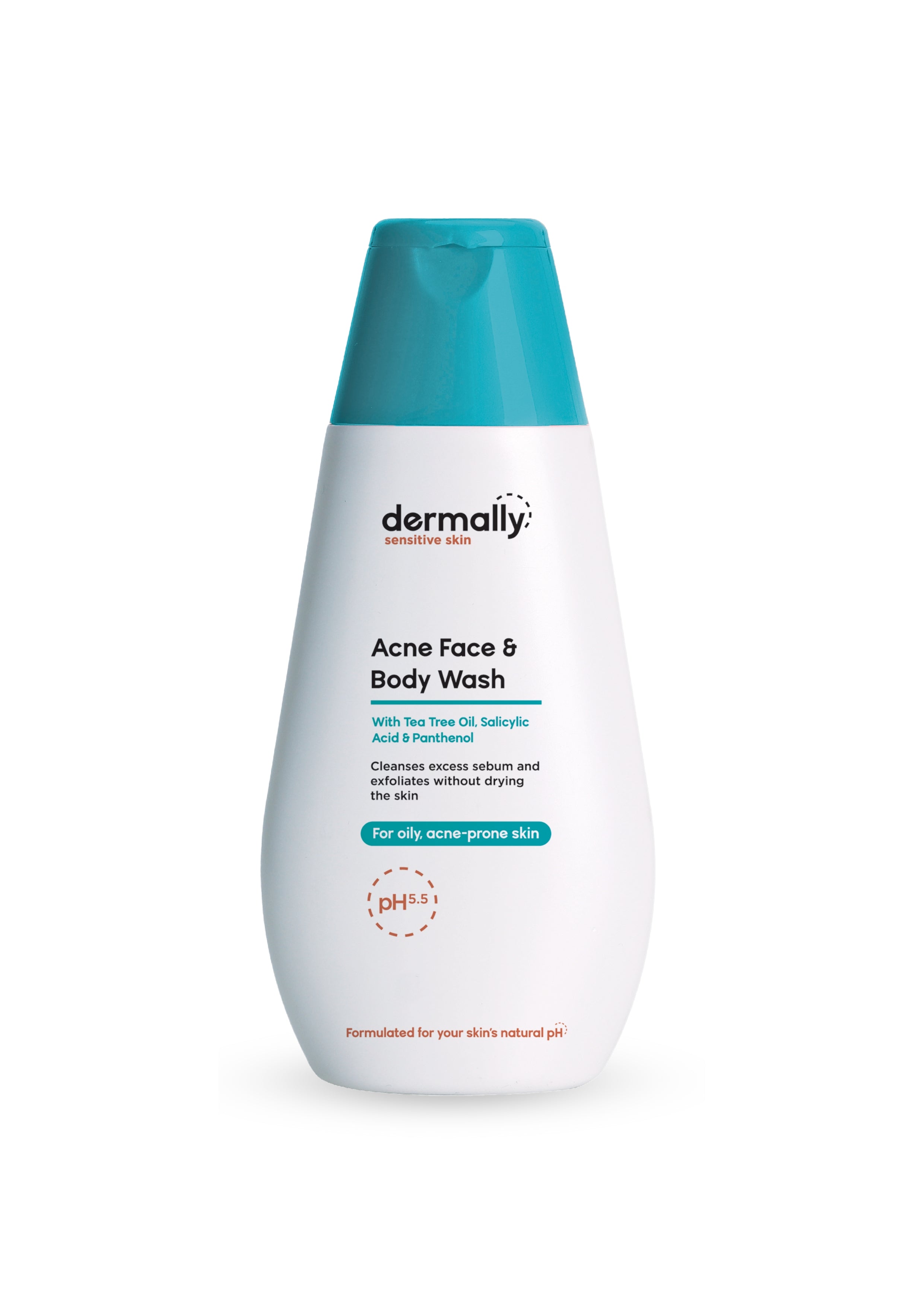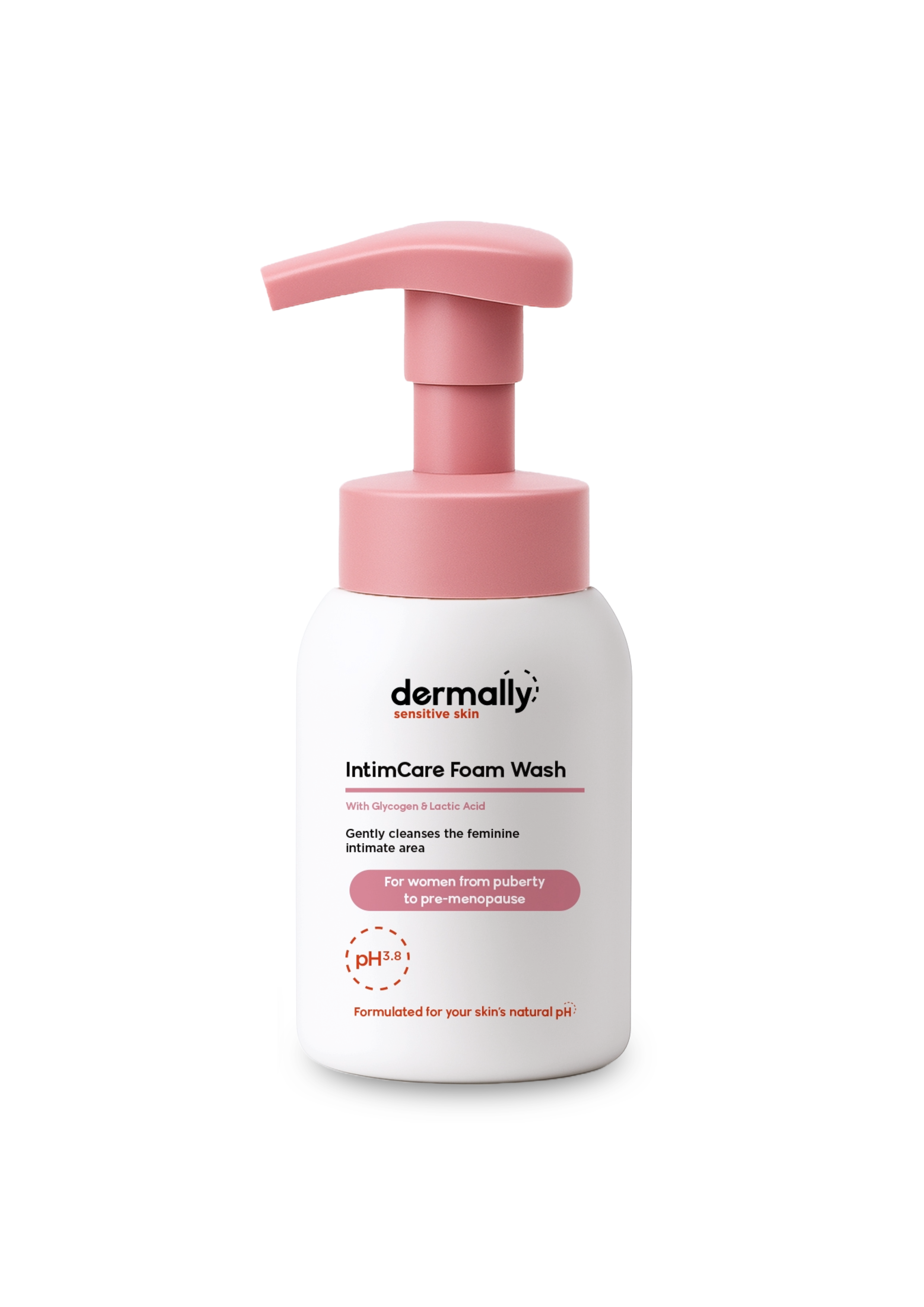A baby’s skin may look soft and flawless, but it’s still a work in progress. Compared to adult skin, baby skin is structurally and functionally immature - and that’s completely normal. Understanding how baby skin differs from adult skin helps parents care for it more gently and effectively, especially when it comes to common concerns like dryness, sensitivity, rashes, or eczema.
Here are the key differences explained:
1. Thinner Epidermis and Dermis
Did you know?
Our skin is made up of 3 main layers:
1. Epidermis
The outermost layer. It acts as the body’s first line of defence and includes the stratum corneum, which is part of the skin barrier. It’s where skin cells (keratinocytes) are constantly produced and shed, and it contains melanocytes (pigment cells).
2. Dermis
The middle layer. It contains blood vessels, sweat glands, sebaceous glands, nerve endings, and connective tissue (like collagen and elastin). This layer gives skin strength, flexibility, and nutrients.
3. Hypodermis
The deepest layer. It’s mainly composed of fat and connective tissue, providing insulation, cushioning, and energy storage.
A baby’s skin is noticeably thinner than adult skin; both the epidermis and the underlying dermis. In fact, infant epidermis can be up to 30% thinner than adult epidermis. This thinner structure makes baby skin more fragile and prone to damage, such as from friction, heat, and irritants.
Because the dermis is less dense and still developing its collagen and elastic fibres, baby skin is also more delicate and less resilient. It bruises more easily and may show signs of inflammation faster than adult skin. That’s why even mild products or physical triggers can sometimes lead to redness or peeling.
2. Developing Hydrolipidic Film and Skin pH
The skin’s hydrolipidic film is a very thin film that forms on the surface of the skin, made up of sebum, sweat, and natural lipids. The hydrolipidic film has a mildly acidic property, and it plays a key role in defending the skin against harmful microbes and supporting healthy skin flora.
At birth, baby skin is closer to neutral pH (around pH 6.34 to 7.5). Over the first few weeks of life, it gradually becomes more acidic (around pH 5.5), forming a stable hydrolipidic film. However, this process takes time, and until the hydrolipidic film is fully established, the skin is more vulnerable to irritation and infection.
Formulated at pH 5.5, Baby Dermally helps support the development of the hydrolipidic film, reinforcing the skin’s natural defences while keeping it calm and balanced.
3. Underdeveloped Skin Barrier Function
Did you know?
The skin barrier is made up of the hydrolipidic film, and the stratum corneum, which is the outermost layer of the epidermis (yes, our skin has layers within layers).
The skin barrier is responsible for keeping moisture in and harmful substances out. In babies, this barrier is still developing after birth. The corneocytes (skin cells in the stratum corneum) are smaller, the lipid layers between them are not yet fully organised, and the skin’s natural defences are less efficient.
This makes baby skin more permeable, increasing the risk of dryness, irritation, or allergic reactions. Environmental factors like dry air, heat, or exposure to harsh soaps can easily disrupt this still-maturing barrier. Supporting the skin barrier early with gentle, hydrating, and pH-appropriate care can make a real difference.
4. Higher Water Content, but More Prone to Water Loss
Although baby skin contains more water than adult skin, it also loses that water much faster. This is due to both the thinner epidermis and the incomplete development of the skin barrier.
This high transepidermal water loss (TEWL) means baby skin can dry out easily, especially in air-conditioned or dry environments, or after frequent washing. While the skin may appear plump and dewy, it needs regular moisturisation to prevent dehydration and maintain its natural protective functions.
5. Immature Sebum Production
Sebum, the oil naturally produced by our sebaceous glands, helps keep the skin lubricated, soft, and protected. In newborns, there’s a temporary surge in sebum production due to leftover maternal hormones. This explains why some newborns may develop cradle cap (infantile seborrheic dermatitis) or baby acne in the first few weeks of life.
However, this sebum production drops significantly after the first few months. From that point onwards, babies produce very little sebum until they reach puberty. Without this natural oil, their skin is more vulnerable to dryness and external irritants. That’s why skincare for babies should help compensate for this oil deficiency, by gently supporting hydration and barrier repair.
6. Underdeveloped Sweat Glands
Sweat glands are also immature in infants. Their eccrine sweat glands, responsible for thermoregulation, are present but not yet fully active. Babies do not sweat as efficiently as adults, which makes them more prone to overheating.
At the same time, because sweat gland function is still developing, babies are also more prone to heat rash (miliaria), especially in hot or humid environments like ours here in Singapore. These appear when sweat gets trapped under the skin due to blocked sweat ducts. Ensuring proper ventilation, avoiding heavy clothing, and keeping the skin clean and dry can help prevent this.
7. Greater Surface Area-to-Body Weight Ratio
Babies have a much higher skin surface area relative to their body weight compared to adults. This means that anything that comes into contact with their skin, such as skincare products, wipes, bathwater, or topical medications, can be absorbed in greater proportion.
This is especially important when considering ingredients or concentrations that may be too harsh or inappropriate for baby skin. It’s not just about avoiding irritants; it’s about recognising that, as compared to adult skin, baby skin can absorb substances faster, which may affect their overall health.
Why This Matters
All these differences underscore just how delicate and vulnerable baby skin really is, and why baby skin needs added care.
Our Baby Dermally range is designed with these unique needs in mind: gentle, soap-free, dermatologically-tested pH 5.5 formulas that help protect and support your baby’s developing skin barrier, hydration levels, and ease common skin discomforts like dryness, redness, or irritation, all without unnecessary additives; setting the foundation for healthy skin from day one.








